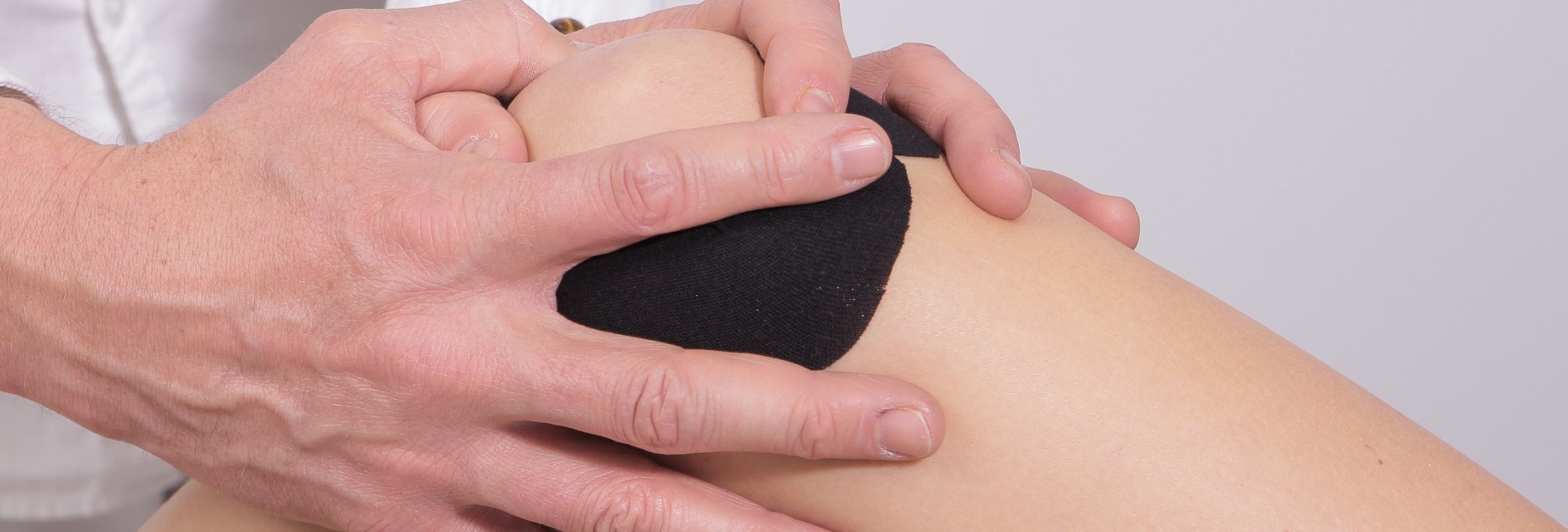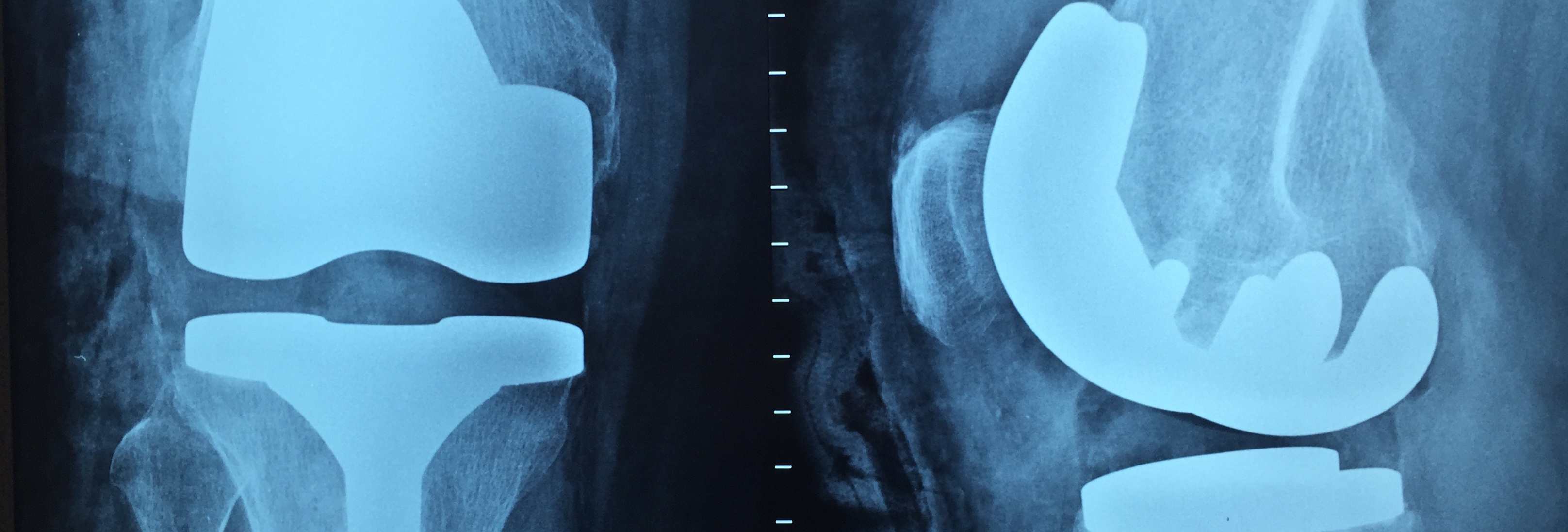Descending stairs requires elevated joint moment-generating capability in the lower limbs, making it a challenging daily activity, particularly for older individuals. The aim of the study was to investigate the influence of three different strategies for descending standard and increased height stairs: step-over-step (SoS), step-by-step (SbS) and side-step (SS) on lower limb kinetics in older people. Eleven participants (mean ± SD age: 74.8 ± 3.1 years, height: 1.63 ± 0.07 m, mass: 67.7 ± 9.5 kg) descended a four-step custom built instrumented staircase at a self-selected speed, adopting each of the three strategies, at two configurations: a step-rise height of 170 mm (standard; STD) and a step-rise height of 255 mm (increased; INC). 3D motion capture, synchronised with embedded force plates enabled the calculation of joint kinetics of lead and trail limbs. Data were analysed using a Linear Mixed Model with gait speed selected as a covariate during weight acceptance (WA) and controlled lowering (CL) phases. A large increase in hip extensor moment in both WA and CL in the lead limb was evident during both SoS and SbS at INC step height compared to STD (P < .015 for all), with no such increase in hip flexor moment evident in SS strategy (P = .519). Lead limb knee extensor moment decreased and plantarflexor moment increased in INC SoS compared to STD SoS during CL (P < .001 for both). In the trail limb, increased hip extensor and plantarflexor moments were seen in INC SS compared to STD SS (P < .001 for both). The alternate strategies result in the overall task demand being split between the lead limb (weight acceptance) and trail limb (controlled lowering). Differential demand distribution patterns exist between strategies that imply targeted interventions and/or advice could be provided to older individuals in order to promote safe descent of stairs, particularly for those with specific muscle weaknesses or at high risk of falls.









